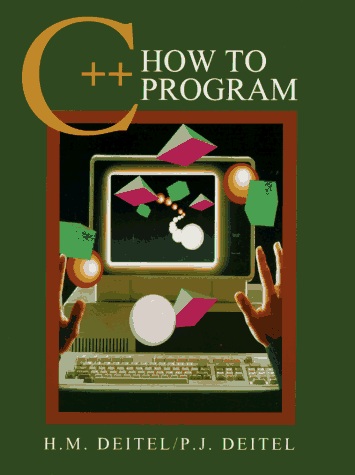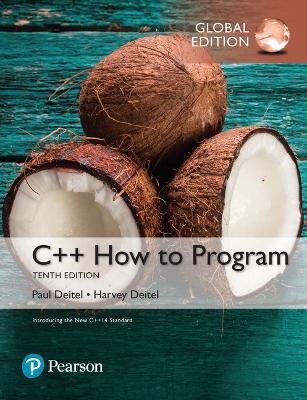How to Program
3 total works
For courses in C++ Programming
The best-selling C++ How to Program is accessible to readers with little or no programming experience, yet comprehensive enough for the professional programmer. The Deitels’ signature live-code approach presents the concepts in the context of full working programs followed by sample executions. The early objects approach gets readers thinking about objects immediately–allowing them to more thoroughly master the concepts. Emphasis is placed on achieving program clarity and building well-engineered software. Interesting, entertaining, and challenging exercises encourage students to make a difference and use computers and the Internet to work on problems. To keep readers up-to-date with leading-edge computing technologies, the 10th Edition conforms to the C++11 standard and the new C++14 standard.
Visual Basic 2012 How to Program, International Edition
by Abbey Deitel, Harvey Deitel, and Paul Deitel
Appropriate for all basic-to-intermediate level courses in Visual Basic 2012 programming.
Created by world-renowned programming instructors Paul and Harvey Deitel, Visual Basic 2012 How to Program, Sixth Edition introduces all facets of the Visual Basic 2012 language through a hands-on approach with hundreds of working programs. This book has been thoroughly updated to reflect the major innovations Microsoft has incorporated in Visual Basic 2012; all discussions and sample code have been carefully audited against the newest Visual Basic language specification. The Sixth Edition is updated to Visual Studio 2012 and includes new chapters on Windows 8 UI app development, Windows 8 graphics/multimedia, Windows Phone 8 app development and Windows Azure.
Students begin by getting comfortable with the free Visual Basic Express 2012 IDE and basic VB syntax. Next, they build their skills one step at a time, mastering control structures, classes, objects, methods, variables, arrays, and the core techniques of object-oriented programming. With this strong foundation in place, the Deitels introduce more sophisticated techniques, including inheritance, polymorphism, exception handling, strings, GUI's, data structures, generics, and collections. Throughout, the authors show developers how to make the most of Microsoft's Visual Studio tools. A series of appendices provide essential programming reference material on various topics.


